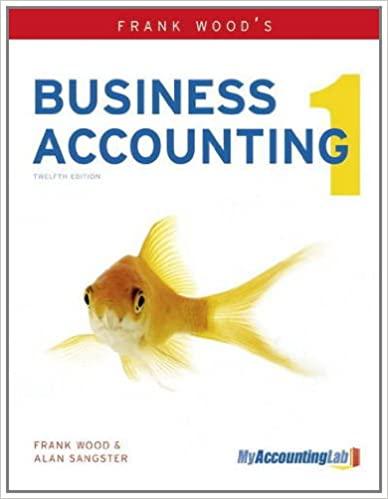1. shaich recognizes the importance of loyal employees, what is one key skill that himself as a CEO as well as managers are other levels of the organization process that has worked for the company. give examples.
2. why is it necessary for Panera to continually engage in the strategic planning process?

Panera Bread has made a lot of strategic decisions in its history to bring it where it is at today. Its CEO and founder Ron Shaich was there nearly every step of the way. Under his leadership. Panera Bread has expanded to almost 2,000 restaurants across most of the United States. Ron started out with a mission: "change the world by changing the way America eats." He wanted to offer healthier, handmade, artisanal foods that people would enjoy. He believed that 30 to 40 percent of the market wanted something more than fast food. In 1981, he formed Au Bon Pain, the precursor to Panera Bread. Over the next several years, Shaich continued to purchase restaurants, including a company that became the sister brand to Au Bon Pain-Panera Bread. Panera went public in 1991. As the restaurants evolved, Shaich engaged in the planning process to improve sales. Some of these changes were more tactical in nature to achieve Shaich's bigger strategic plan to modify the concept. For instance, in 1997 the restaurants added bagels to the menu. Although only a small change, it caused the restaurant's average unit volume togrow. Two years later, Shaich would make a strategic decision that would change the course of the company's future-sell all the businesses, including Au Bon Pain, and focus on the Panera brand. Implementing this strategic plan took years and was difficult for Shaich. However, as a leader, he recognized that the business-which had expanded into four divisions - was stretching itself too thin. As manager, Shaich took these actions to control the strategic direction of the company, solidifying its current status as a nationally recognized brand. Although Shaich had the skilis to recognize opportunities and take appropriate risks, he recognizes that the restaurants are nothing without its employees. As the CEO. Shaich leads top managers directly in executing plans to make the restaurant locations a success. However, he also indirectly manages front-line managers and rank-and-file employees by helping middle management organize the steps necessary to achieve Panera's goals. Shaich recognizes the importance of loyal employees. "People work for people; they don't work for companies," Shaich says. "So we spend a great deal of time focused on how do we execute and how do we execute well, through local franchisees, local joint venture partners, and highly skilled and committed people at the local level." Shaich's human relations skills extend beyond employees. He also solicits feedback from customers, often walking throughout one of the restaurants and asking them about how satisfied they are with their service. Shaich uses the controlling function of management when he uses this feedback to analyze Panera's strengths, weaknesses, opportunities, and threats. The desire of Panera is to exploit its strengths, turn its weaknesses into strengths, and transform external threats into opportunities. One potential threat that Panera Bread is turning into an opportunity is the changing technological environment. Technology changes rapidly, making it hard for businesses to keep up. For this reason, Panera embarked upon what it calls the Panera 2.0 initiative to coordinate a number of different technological tools in order to transform the guests' experience. For instance, Panera uses digital technology that enables customers at certain locations to come into the restaurant and order with their phones without having to go up to the counter. It is also experimenting with small-order delivery using digital tools. Although this has been a significant investment and took more than four years to implement, customers seem to appreciate this added convenience. Digital sales increased by 12 percent. Despite all the major changes the company has gone through, one thing has remained the same. The company continues to hold major planning sessions to upgrade the firm's strategic plans. During these sessions, the management team asks themselves where they see the company in five years and then writes down goals for the next year. As Schaih maintains, although elements of the strategic plan change, it continues to align with a vision the company developed in 1994 that describes the essence of the firm and how it will compete in the marketplace. He sees the achievement of this vision as ensuring Panera's long-term success. "What we're trying to do is get closer and closer to that vision that we wrote in 1994 , Shaich says. "And to be frank. we're probably at 80 percent of where we wanted to get to in 1994 . But it forces us to stay in the future. It forces us to look at where we're trying to get to."37Links to an externalsite









